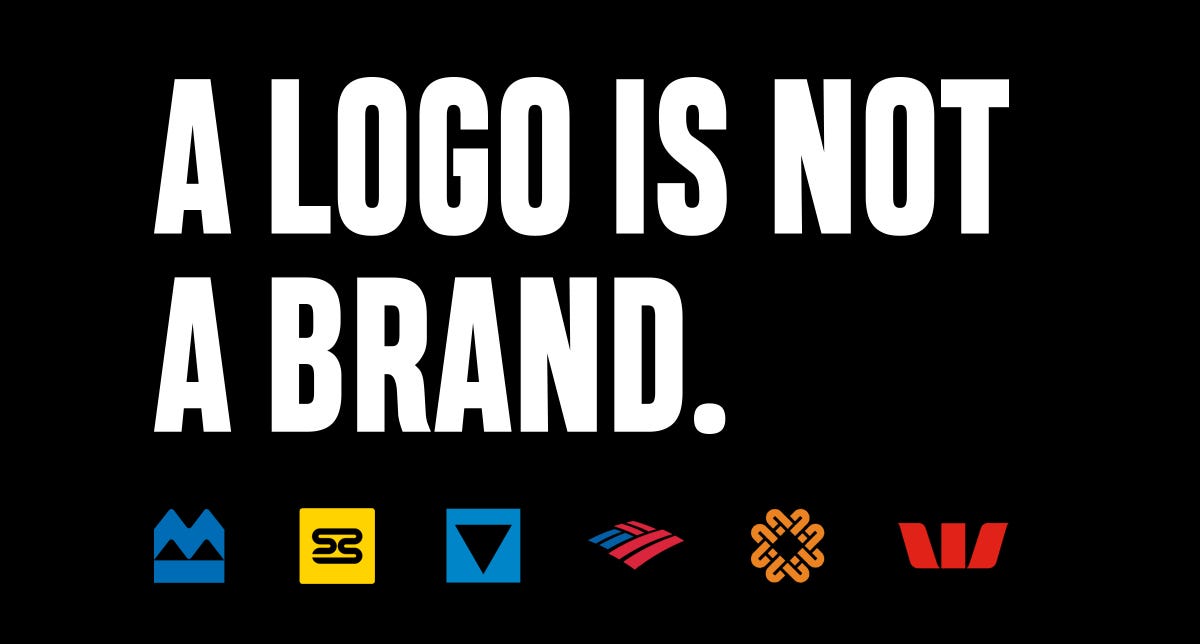Branding for Spiritually Aligned Products | Conscious Business Guide
Your brand isn’t just what people see. It’s what they feel when they hold what you’ve made.
Your Brand Is a Transmission, Not Just a Logo

Let’s be real — for spiritually-oriented makers, the word “branding” can feel like a bad date with capitalism.
You didn’t start blending oils, hand-carving tools, or making salves to scale. You started because something came through. A prayer. A remembrance. A moment of clarity in a kitchen, under a full moon, or during a grief ritual.
Then the question came:
“So what’s your brand look like?”
Suddenly, fonts and logos feel like a betrayal of the sacred.
But here’s the truth: your brand isn’t a compromise. It’s a container.
It’s not here to dilute the essence of your work — it’s here to carry it, clearly and consistently.
Branding, when done in alignment, becomes part of the ritual. It’s a frequency match between the offering and the person it’s meant to serve.
And the world needs more of that.
Why Spiritual Branding Requires More Than Just Sage-Toned Aesthetics

We’ve all seen it: soft neutrals, serif fonts, sacred geometry overlays, a tagline about “high vibrations.” And while there’s nothing wrong with these on their own, they’ve become so overused that they no longer mean much.
According to a 2023 report by GWI, over 60% of millennials and Gen Z now say they’re “tired of spiritual-looking brands that all blend together” — even when they’re looking for spiritual products (source). The craving is for authenticity, not just aesthetics.
So what makes a spiritually aligned brand stand out?
It’s not just the design — it’s the energetic coherence.
Does the language feel lived-in or lifted from Instagram?
Does the offering come from experience or just a Pinterest board?
A spiritually aligned brand doesn’t try to look sacred.
It reflects sacredness by being rooted in truth.
The Core Elements of an Aligned Brand Identity

Let’s break it down — gently and intentionally.
1. Voice & Messaging
This is the tone of your offering.
Are you speaking to beginners, deep practitioners, or your own younger self?
Are you poetic? Direct? Soft? Fierce?
Your messaging should feel like the inside of your ritual — not like a commercial.
2. Visual Tone
Color, typography, and layout create the first impression.
Earth tones are not required. Minimalism is not mandatory.
The only rule? Let the visuals support the energy of your offering — whether that’s grounded and herbal, lunar and ethereal, or firelit and fierce.
3. Energetic Consistency
Your packaging, website, social media, and emails should all speak the same emotional language.
If your ritual mist is soft and ancestral, but your site screams “SALE ENDS MIDNIGHT” — something’s off.
A strong brand doesn’t just look good. It feels aligned — from your label to your checkout page.
How to Create a Brand Story Without Bypassing

Storytelling is powerful. But when it comes to sacred work, it must be handled with care.
Here’s how to share your story without drifting into spiritual bypassing:
-
Start with your why — not your wounds.
You can honor your healing journey without turning your product into a trauma testimonial. Speak from scar, not from open wound.
-
Name your influences.
Did you learn from an elder? A teacher? A culture that is not your own? Say so. Honor them in your about page or product descriptions.
-
Speak from your lineage, not someone else’s.
If your path is intuitive, say that. Don’t borrow language from traditions you haven’t walked in.
-
Keep it human.
Avoid phrases like “channeled through divine light” if what you really mean is “this came to me during a hard season and it helped.”
People don’t need cosmic claims. They need resonance.
Common Branding Mistakes in the Spiritual Product World

It happens often — with the best of intentions.
Let’s call out a few common misalignments gently:
-
Appropriated aesthetics.
Mandalas, feathers, Sanskrit words — if they’re not part of your lineage or training, consider letting them go.
-
Overloaded mysticism.
When every product is a portal to ascension, customers feel unsure what’s real and what’s marketing.
-
Underpriced offerings.
Out of fear of seeming “too commercial,” many makers price below their worth — draining themselves and teaching customers not to value the sacred.
-
Inconsistent language.
A product called “Moon Priestess Oil” sold alongside a $9.99 clearance candle creates confusion. Align your tone.
The fix? Return to your own voice.
Brand from inside the work, not outside the market.
6. Call to Action: Build Your Brand Like It’s Part of the Ritual
The next time you rewrite a product page or sketch a label, pause.
Light a candle. Take a breath. Ask yourself:
What am I really offering here? What energy do I want to transfer — not just through the item, but through the entire interaction?
Your brand is part of the spell.
So write your words like they’re a chant.
Choose your colors like you’re painting a field.
Name your offering like you’d name a prayer.
And if you want support?
W1SE offers branding mentorship through W1SE Cooperation — where sacred work meets sustainable strategy.





